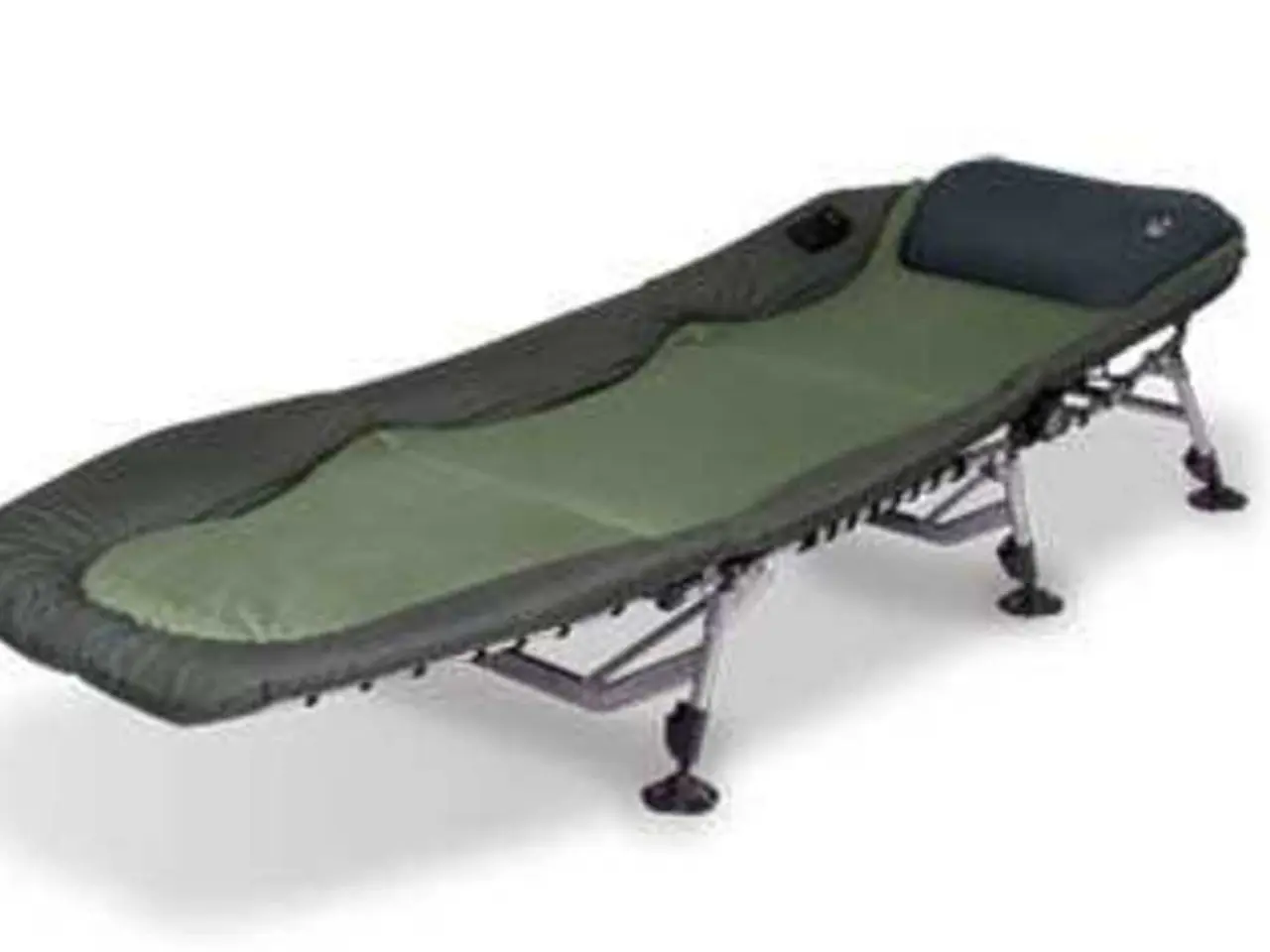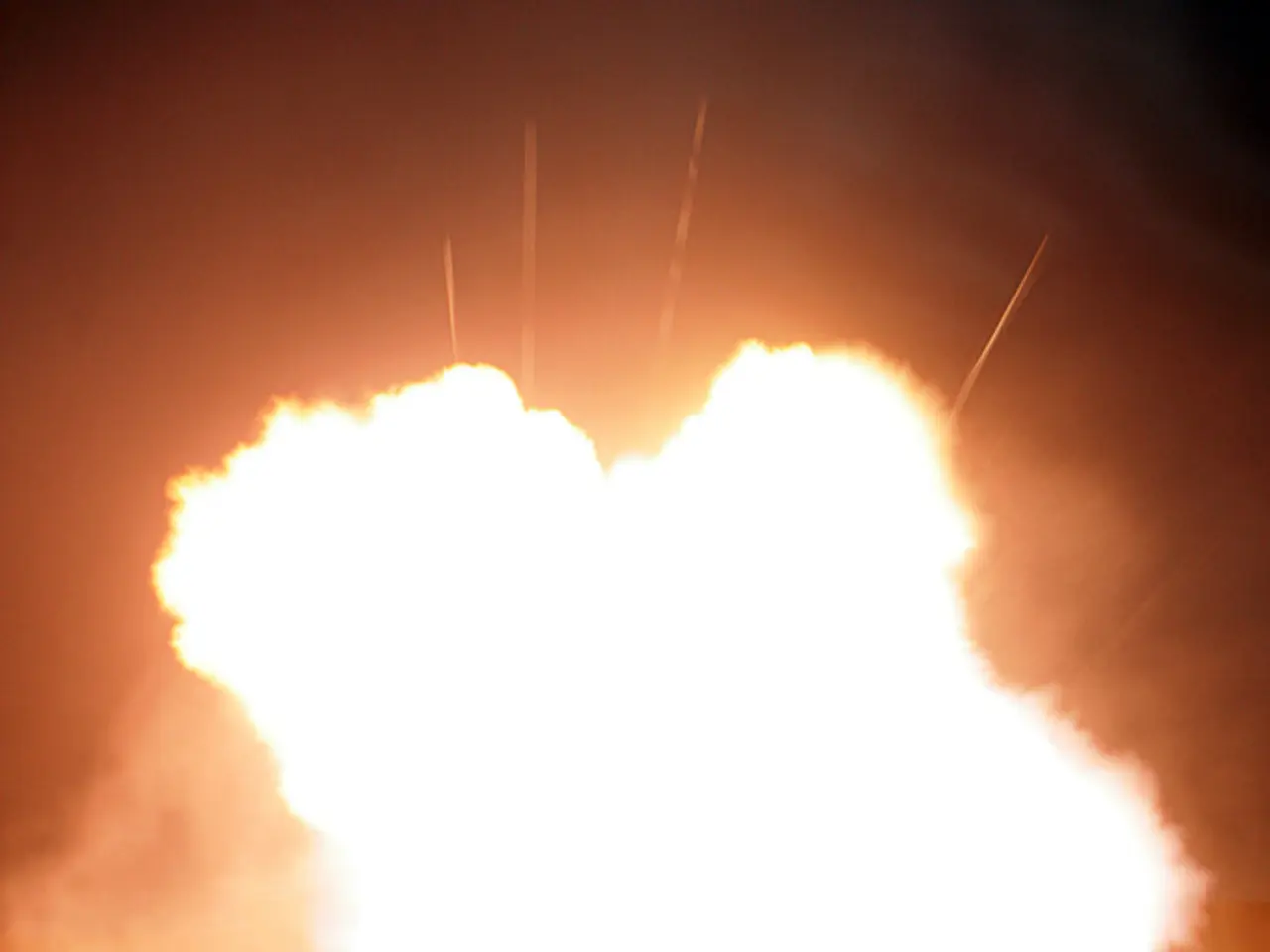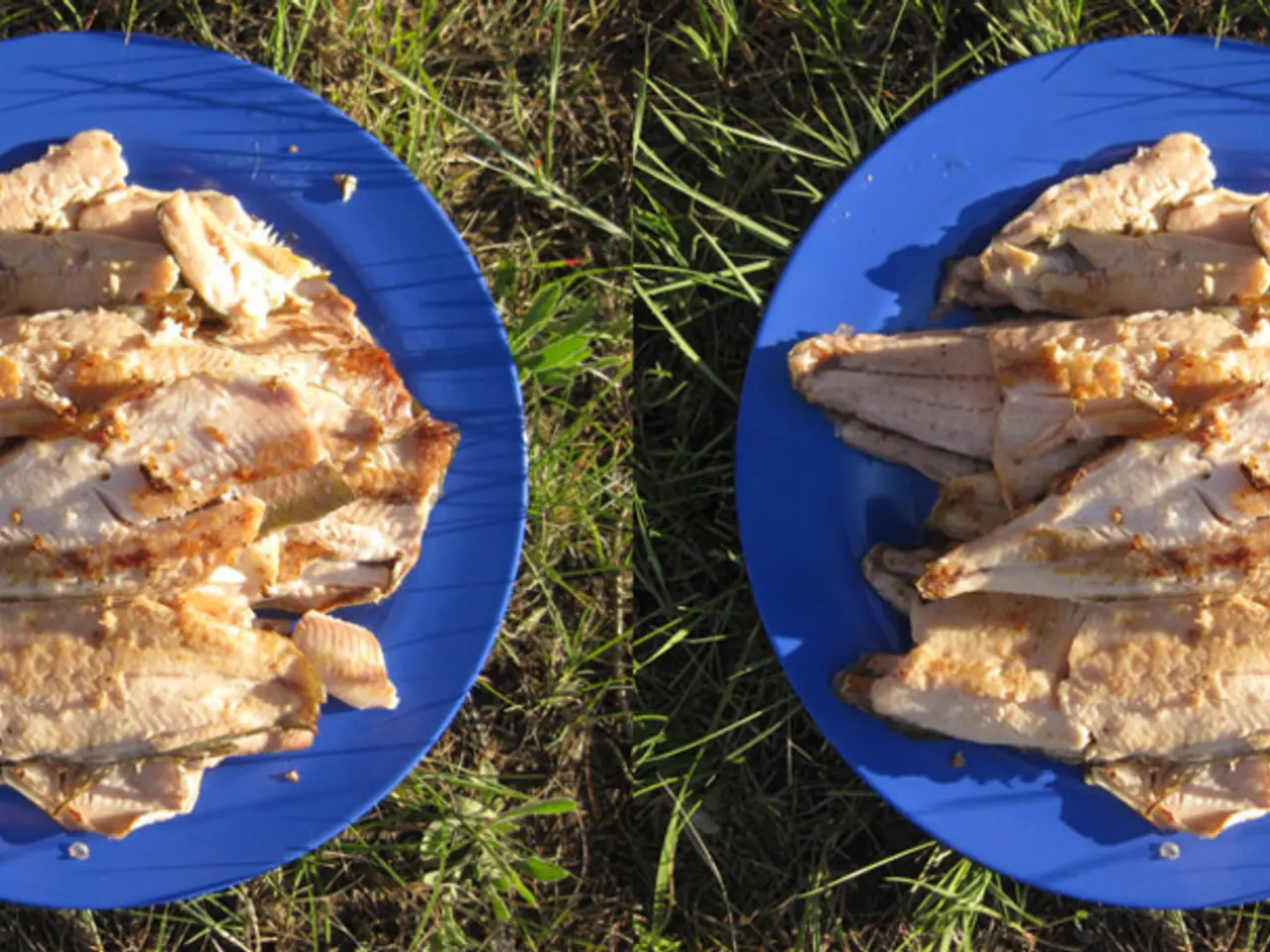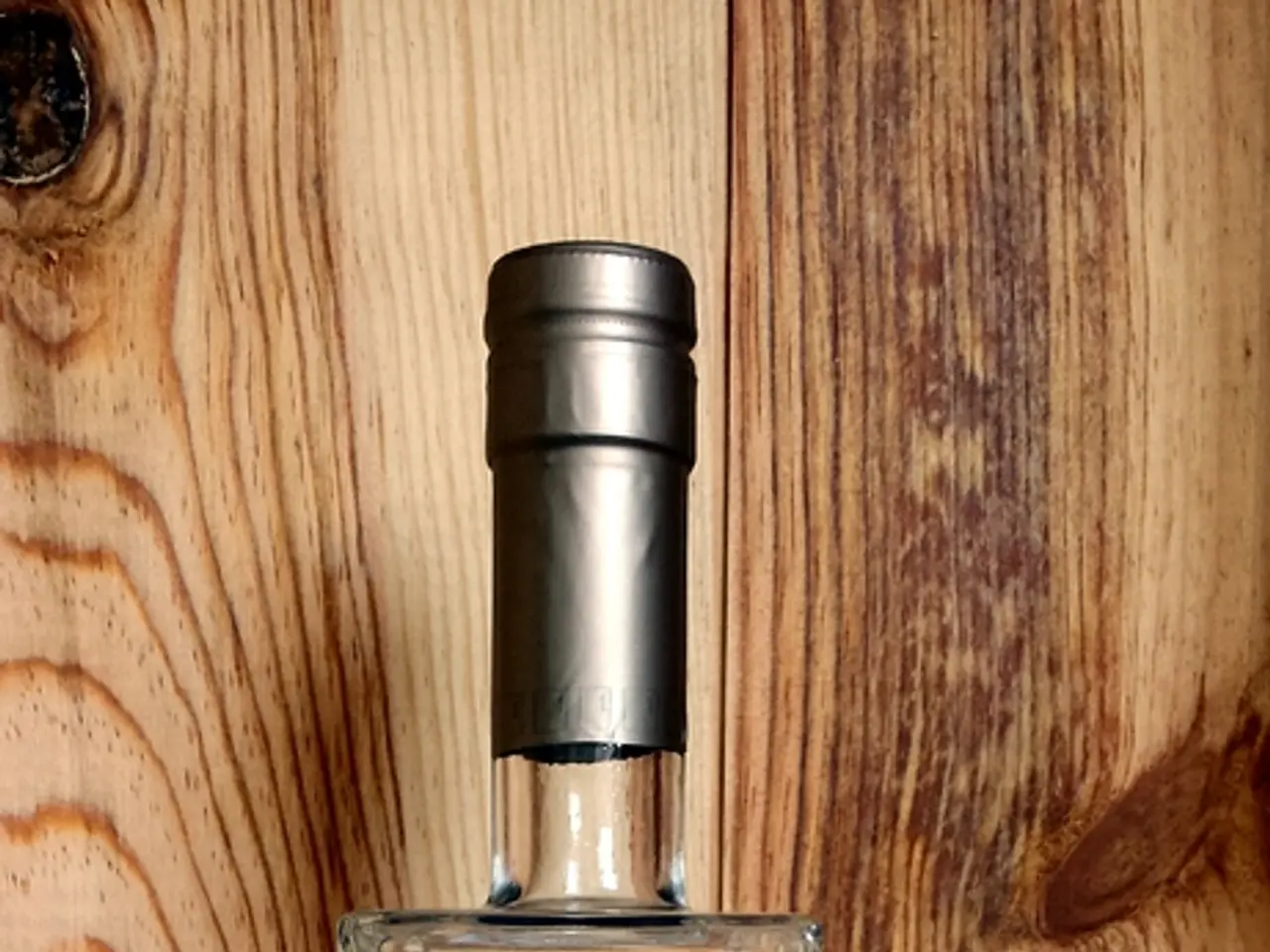Bicep Discomfort: Causal Factors, Remedies, and Additional Information
Lower biceps pain can be caused by a few different conditions, including biceps tendonosis, torn tendons, and Delayed Onset Muscle Soreness (DOMS). Each condition requires a different approach to manage and treat.
Biceps Tendonosis
Biceps tendonosis is a chronic degeneration of the biceps tendon, often caused by repetitive overuse or strain. Symptoms include pain and stiffness around the tendon area, which can worsen with activity. Treatment for biceps tendonosis typically involves rest, gentle stretching, and muscle massage to release muscle tension, improve flexibility, and reduce pain. In persistent or severe cases, anti-inflammatory medications or surgical options might be considered.
Torn Biceps Tendon
A torn biceps tendon usually results from sudden injury or heavy lifting, causing sharp pain, weakness, and sometimes a visible bulge in the upper arm if the tendon retracts. This injury may require more intensive intervention, depending on severity. Initial treatment includes rest, ice, compression, and elevation (RICE). Physical therapy to restore strength and motion after acute recovery is essential. Surgery may be required for complete tears, especially in active individuals.
Delayed Onset Muscle Soreness (DOMS)
DOMS is muscle pain occurring 24-72 hours after unusual or strenuous exercise, caused by microscopic muscle fiber damage. DOMS presents as generalized muscle stiffness and tenderness rather than localized tendon pain. Treatment for DOMS includes rest, gentle movement to promote circulation, stretching and massage to alleviate stiffness, and over-the-counter pain relievers. DOMS resolves naturally within a few days without specific medical intervention.
Prevention measures for DOMS include starting new exercise programs slowly, building up the intensity over time, always warming up before exercising, and always stretching after exercise. Similarly, prevention measures for biceps tendinitis include warming up before exercising, stretching after exercising, taking regular breaks from repetitive exercises or activities, and avoiding overexercising tired muscles.
In summary, management of lower biceps pain depends on the underlying cause. Conservative approaches like rest, stretching, and massage are effective for tendonosis and DOMS, while potentially surgical repair may be necessary for torn tendons. Early diagnosis and appropriate treatment optimize recovery and prevent chronic issues. If you experience severe pain or suspect a tendon rupture, seek medical attention immediately.
- The predictive science of health-and-wellness suggests that regular fitness-and-exercise routines can help prevent Delayed Onset Musculoskeletal (DOMS) pain, which is a common issue caused by strenuous exercise.
- Adopting a regimen that combines science-backed fitness-and-exercise strategies with health-and-wellness practices can potentially reduce the risk of developing Biceps Tendonosis, a chronic degeneration of the biceps tendon often caused by overuse or strain.
- Aq, a fitness-and-exercise tool, could be used to monitor the progress of recovery in individuals who have undergone predictive musculoskeletal surgeries, thereby helping to manage depression that might arise from the prolonged recovery period.




